SUMMARY
This is AI generated summarization, which may have errors. For context, always refer to the full article.
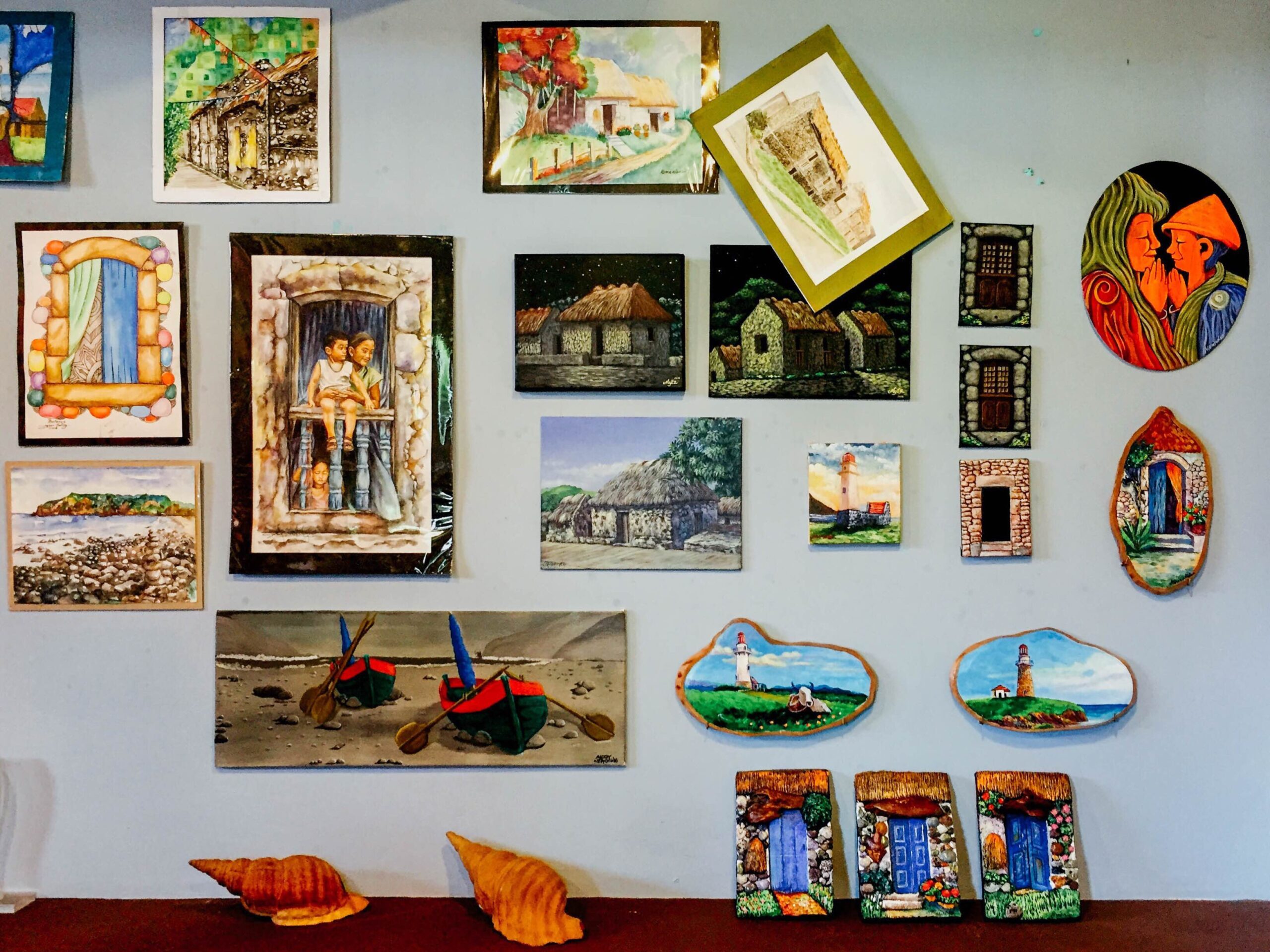
“…Count the ripples of water
for their number is the number of my love for you”
– If You Loved My Beloved (An Madaw Ka Mo Lipus, as translated by Dr. Florentino Hornedo)
No artist would probably do justice in portraying the majestic beauty of Batanes and its unique culture other than the natives of the province themselves. Yaru nu Artes Ivatan (Bayanihan of Ivatan Artists) – a thriving artists collective composed of visual artists, musicians and literary artists of Ivatan descent – now represent the rich history and vibrant hues of Batanes.
Their works are showcased in a quaint, tiny gallery along the National Road, a few meters away from the Basco Port. Yaru Gallery is a 5-year old art shop and gallery where locals and tourists could check out paintings and other types of artworks of any of the 16 Ivatan artists and buy them. The gallery also sells souvenirs such as hand-painted ref magnets and postcards, traditional Ivatan wooden bracelets, and souvenir shirts, and bags.
Xavier Abelador, Yaru Gallery manager, shared that they started in 2011 with support from Jorge, Aurora and Pacita Abad Memorial Foundation, Inc. (JAPAMFI). Abelador is also the lead artist of Yaru nu Artes Ivatan.
“In 2007, we applied for a grant to build a souvenir shop from the Department of Tourism (DOT). We didn’t hear any update from DOT until 2010 when they informed me that the grant will be released,” said Abelador.
From hobbyists to part-time visual artists
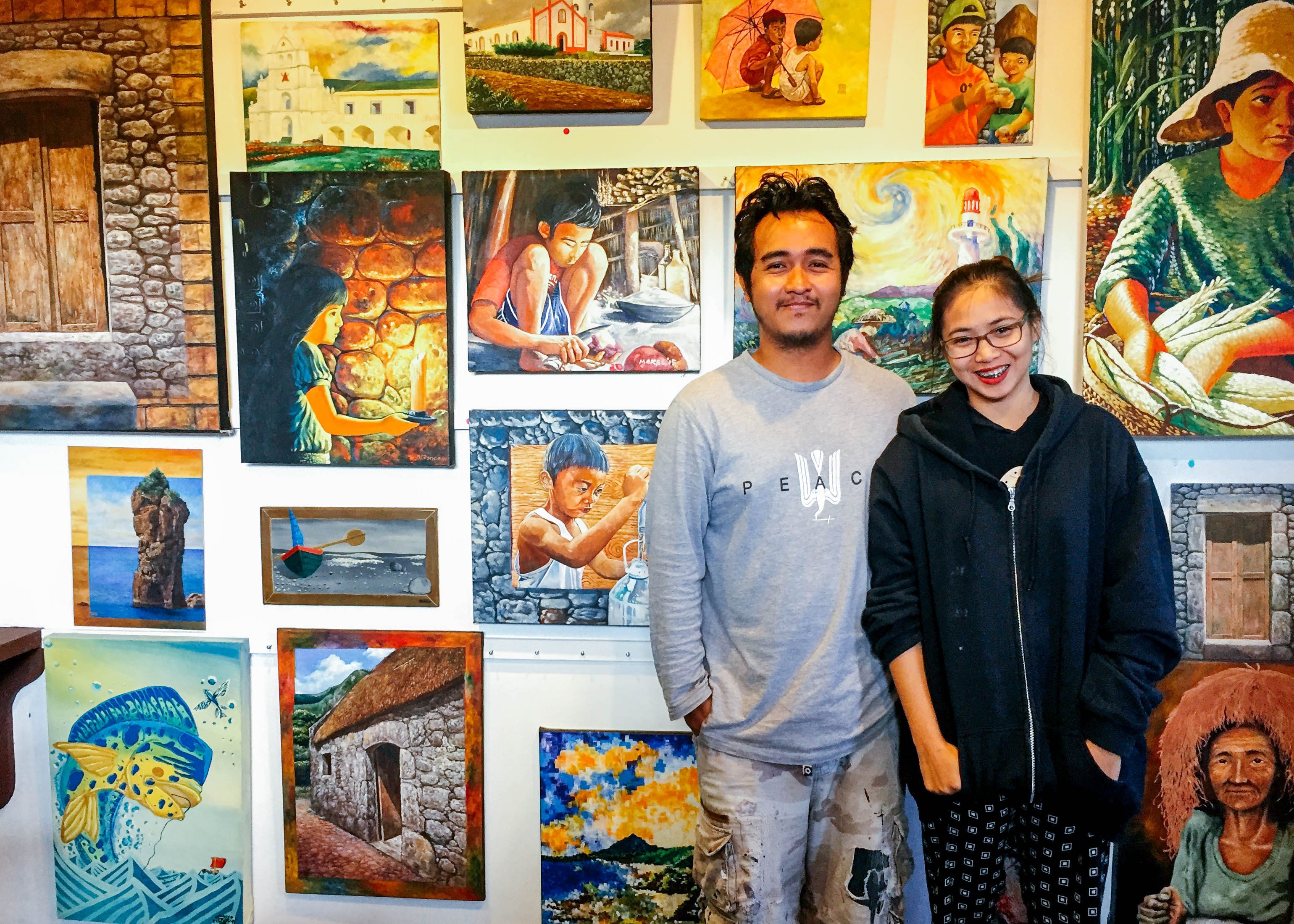
The medium used by visual artists of Yaru varies from charcoal, watercolor, acrylic, oil to even mixed media. And their styles differ from contemporary, portrait, landscape, to abstract and surrealism.
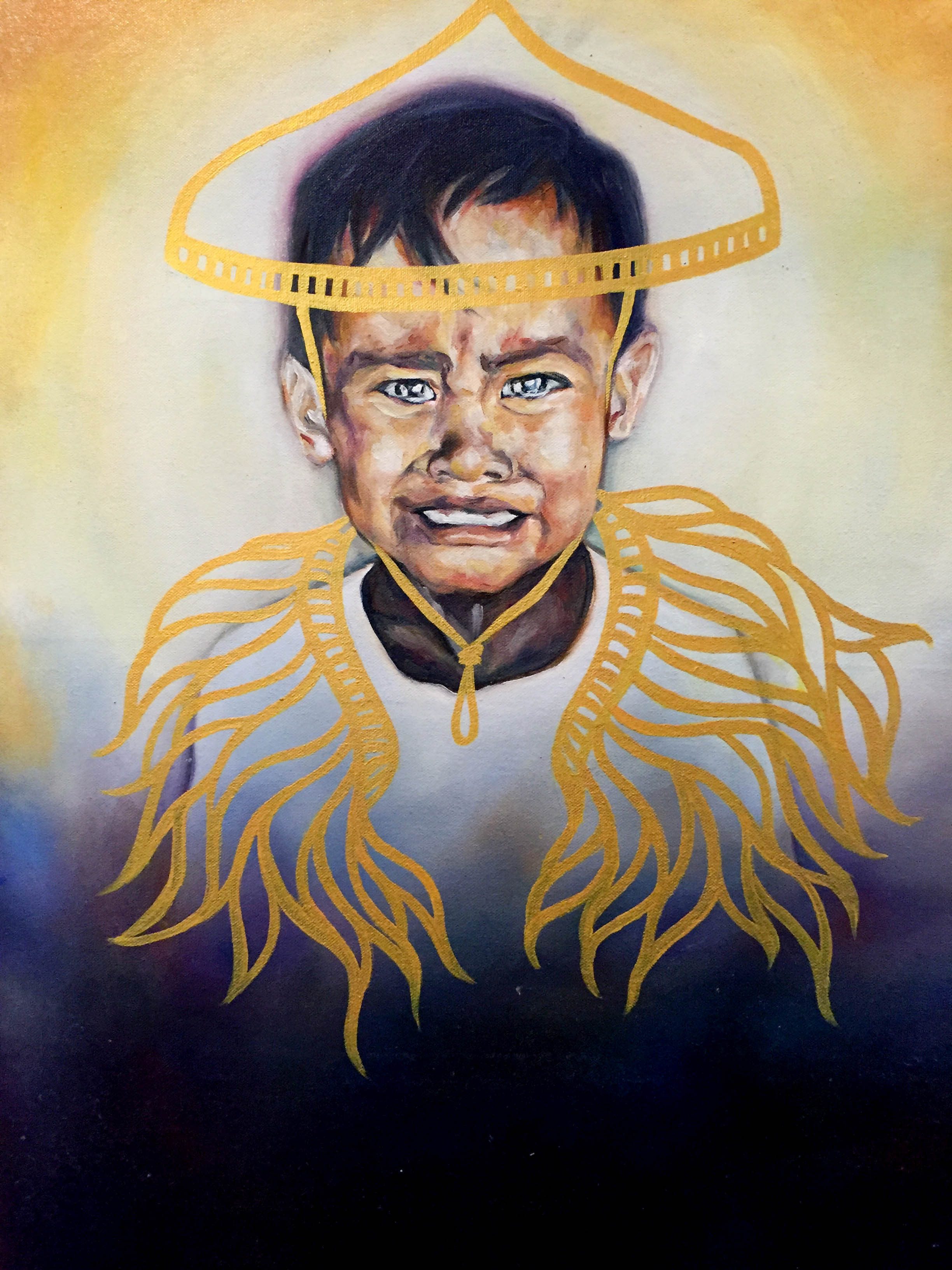
But most of them, if not all, came together after an art workshop back in the day – where they became friends and eventually establishing an artists collective.
“In 2005-2006, Margarita Garcia (now Margarita Garcia Asperas) conducted an art workshop here in Batanes where I met most of the artists,” said Abelador.
Garcia was then a US Fulbright scholar who aimed to study indigenous weaving.
“When she found that Batanes youth have potential for art, she conducted a workshop. She even came back after the success of the first one,” he said.
Abelador, for one, loves painting about Batanes landscape and seascape, and indigenous Ivatan way of life.
In 2006, Garcia collaborated with the people behind Fundacion Pacita to conduct a series of workshops. Yaru, the group, was eventually formed in February 2007 after the workshops.
The current roster of visual artists of Yaru have also ventured into other fields. Some of them own various businesses like catering, and work as a mechanic for an auto shop, for the government and other institutions. Yet, they find time to continue telling the stories of Batanes through art. (READ: Beautiful Batanes: 10 things to do)
Art as activism and history
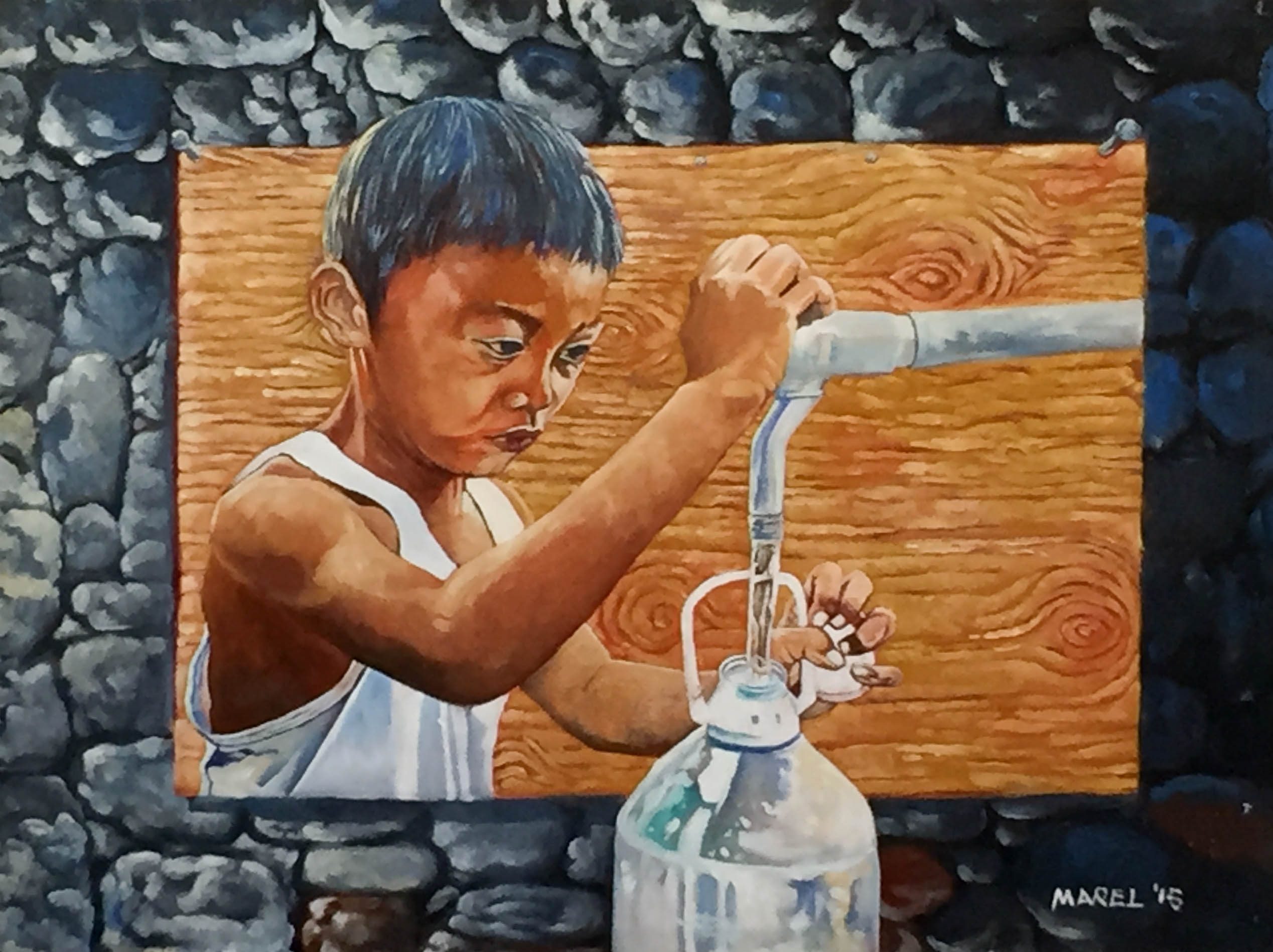
The art scene in Batanes is fairly new, Abelador said. Prior to their group’s formation, the only prominent artist hailing from Batanes is the late Pacita Abad.

National Artist Pacita Abad created thousands of artworks and exhibited to over 50 countries during her lifetime, some even while she was battling lung cancer.
She was known for her vibrant and colorful trapunto paintings – three-dimensional art pieces which are painted, sewn, and adorned with beads, buttons and other ornaments.
Abelador said that being Ivatan makes their group unique and somewhat “exotic” but they used it to their benefit and uses Batanes culture, people, and sceneries as their subject.
Abelador said, “As artists, we believe it is our job to record the current state of our province for future generations.”
At the same time, they also try to discuss issues concerning their motherland in their art. (READ: Through the eyes of a first-timer: Batanes, the evergreen)
“We also try to shake the present. For example, the destruction of a number of Ivatan houses due to neglect, which also reflects the little value people put on our heritage,” he said.
Promoting indigenous Ivatan literature and music
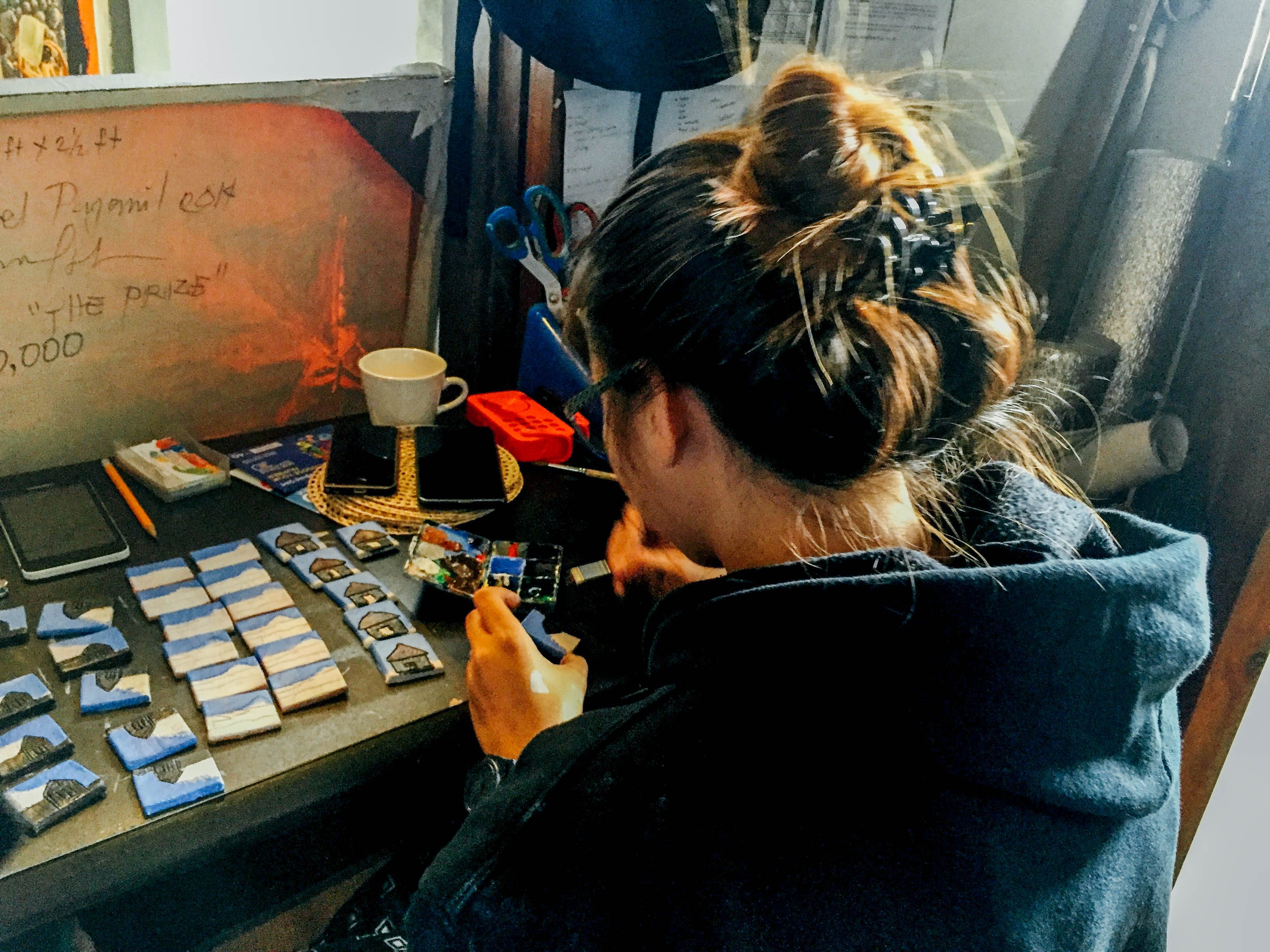
Meanwhile, Yaru artists also promote indigenous Ivatan literature. A small number of literary artists and musicians joined them to promote indigenous Ivatan literature and music.
Laji, one of the most popular Ivatan oral literature and folk music pieces, is intended to be sung when people are happy.
An Madaw Ka Mo Lipus (If You Loved my Beloved), for one, has been translated to other languages.
The late Palanca laureate Dr. Florentino Hornedo, also a native of Batanes, translated this poem to English – the first lines of which says:
“If you loved my beloved,
count the grains of sand in the dunes of Laoag,
for their number is the number of my love for you;
and yet that number is too small.”
Sustainable income through art
The Ivatan tradition of cooperation enables the Yaru artists to continue working together and sustain the gallery. This tradition is also present in Batanes agriculture where the cattle pastures are communal. (READ: Budget guide: 5 days in Batanes)
“Even without a written contract, we have agreed to common terms on how to sustain the gallery by allotting a certain amount from our works for the maintenance of the place and other operational expenses,” shared Abelador. – Rappler.com
Add a comment
How does this make you feel?
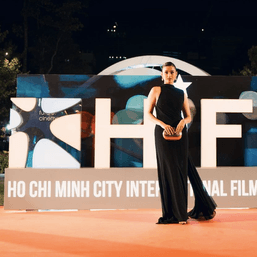
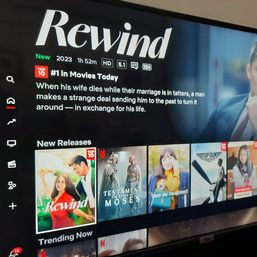

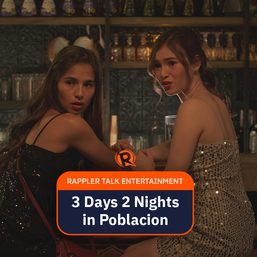
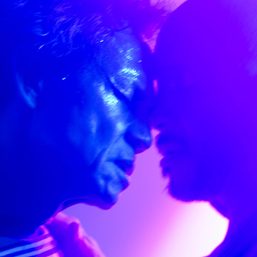
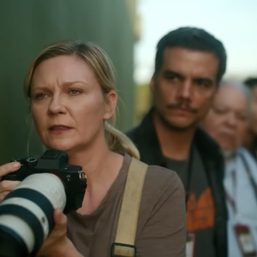
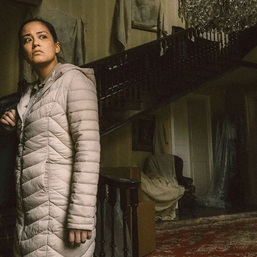
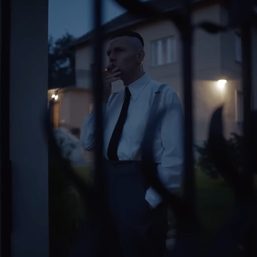
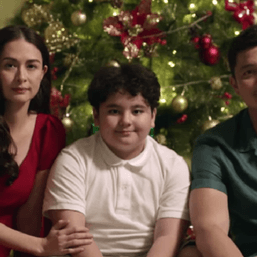

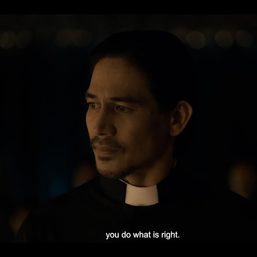




There are no comments yet. Add your comment to start the conversation.